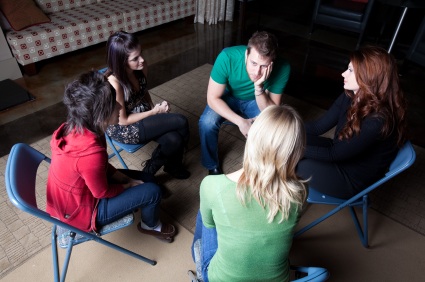How to create a healthy work environment from home
Posted by Collaborative Counseling

If you are making the transition to work at home, it can be difficult to navigate working and living in the same place. It is helpful to make small changes that will make your work-at-home experience a positive one.
Here are a few things you can do to create a healthy work environment:
1. Designate an office space for yourself
Set up an office area with reliable connectivity and the essentials. Then add some color or décor to make it an enjoyable place to spend your day. Face a window or add some green!
2. Keep a routine
Set a routine that will help you start your day off on the right foot. Do you look forward to your morning coffee? Get up a few minutes earlier, find a sunny seat in your house and enjoy a few quiet moments. Plan out your meals and move and take stretch breaks throughout the day.
Small things like this can set your day on the right track!
3. Give your eyes a break
Blink often, wear blue-light glasses, adjust your monitor and take eye breaks. Use the 20-20-20 rule by looking at something 20 yards away for at least 20 seconds, every 20 minutes.
4. Dress the part
It is easy to wear lounge clothes while working from home, but challenge yourself to act like you are getting ready to head into the office. Doing this helps to create a more professional work environment, limits distraction and promotes productivity!
5. Plan for times out of the office
Whether this is a walk around the neighborhood, or doing something productive around the house on your break, make sure you have a moment to step away from your desk.

Take a small step today to create a warm and welcoming work environment from home!
Read More
 View Our Locations
View Our Locations Request Appointment
Request Appointment










